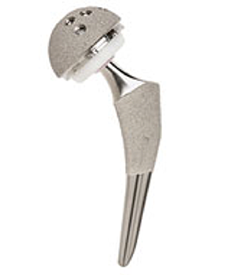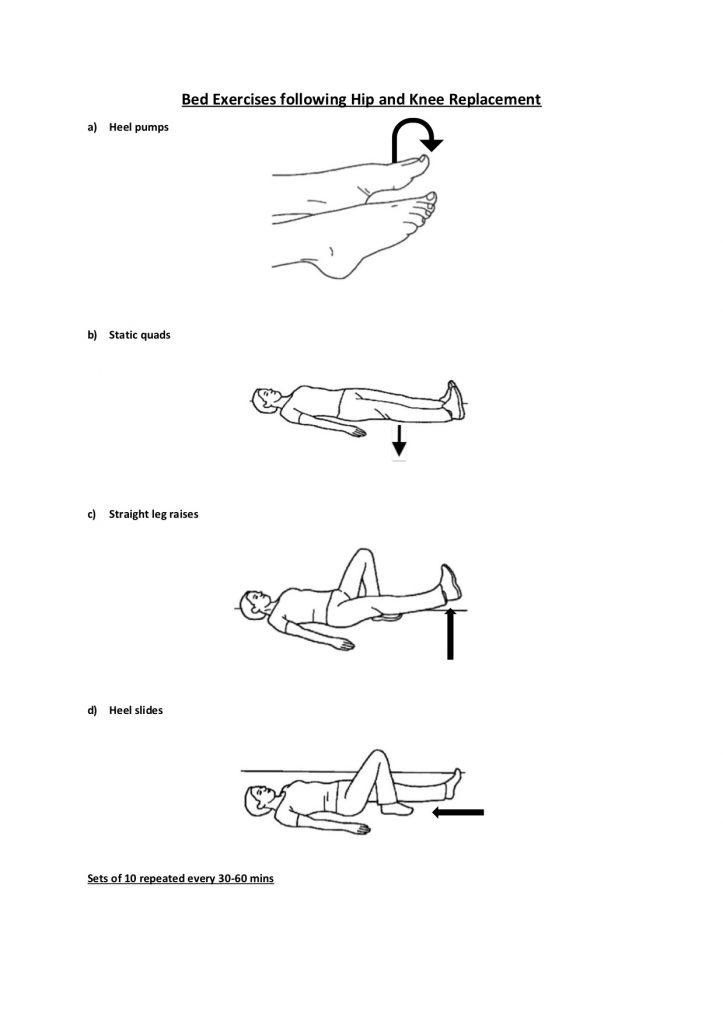Your journey to your Hip Replacement starts with the clinic consultation.
 You will be referred to me by your GP – I can see you in the clinic without a referral but I will have to write to your Doctor with the outcome of your consultation.
You will be referred to me by your GP – I can see you in the clinic without a referral but I will have to write to your Doctor with the outcome of your consultation.
During the appointment we will discuss your symptoms and their impact to your daily activities, and your aspired lifestyle. I will examine your hip and I will organise a series of X-rays , if you don’t already have one. We will also go through all your medical conditions, your medication and your allergies. It will be extremely helpful if you bring with you a list of your current medication.
Hip arthritis is a cause of pain. It is not a life threatening condition but a quality of life threatening condition
If we agree that your symptoms are intrusive and
conservative treatment has been exhausted,
you will be offered a Total Hip Replacement
I will explain you the benefits and the risks of the procedure and if you can accept them, we will go through a formal consent form.
You will also be asked permission for submitting details from your operation to the National Joint Registry. I would strongly recommend you consent to that, as it is the analysis of this database that guides surgeons to the optimum selection of procedures and implants.
Lifestyle changes like regular low impact exercise, weight control and smoking cessation will be discussed at the conclusion of the consultation.
A full medical will be organised in the pre-assessment Clinic
Your comorbidities will be reviewed and optimised before this major procedure. You may need to stop some medication before the operation, or change the dosings.
You will be admitted in the hospital on the day of your operation
We will meet to discuss any outstanding details and confirm your consent. You will meet your Anaesthetist that will explain you the type of anaesthetic you will have. The standard practice for Total Hip Replacement is a spinal anaesthetic with sedation.
You will not be able to feel from your waist below and will be unable to move your legs for a few hours. The sedation will make you feel relaxed and be unaware of the operating theatre environment.
If you like music, I would recommend you bring your favourite playlist with you. I will provide you with over the ears, noise cancelling headphones. Music will keep you distracted, relaxed and isolated from the theatre noise for the duration of the procedure.
Often the spinal anaesthetic will be augmented with a nerve block for prolonged pain relief.
There are some conditions that make the spinal anaesthetic impossible or there is a contraindication for it ; in this case you will have a general anaesthetic.
Spinal is preferred to general anaesthetic for Total Hip Replacement as it provides better pain relief , reduces intra-operative bleeding and has a protective effect in venous thromboembolism (clots in your calves or in your lungs).
You will be escorted in the Anaesthetic Room and the anaesthesia will start
You may need a catheter put in your bladder that will remain until next morning.
After the anaesthetic is completed you will come inside the Operating Theatre where your hip replacement will be performed.
The choice of implants that I use for my patients relies on their rating by ODEP, their longevity according to Joint Registries, the versatility of their instrumentation that allows me to position them in the position I desire. The main determinant though of implant selection is you,the condition of your bone, the condition and the shape of your hip, your lifestyle and your expectations and any other medical conditions that you may have.
At the end of the procedure you will be taken to Theatre Recovery Room and as soon as your condition has returned to stable you will be taken to your room.
On the ward you will start exercises as soon as the movement returns in your legs

Next morning you will have blood tests and an X-ray of your new hip will be organised.
You are unlikely to need a blood transfusion but if you do we will discuss the pros and cons before proceeding .
Your physiotherapist will help you get out of your bed and start mobilising as soon as you are ready. In the first 2 days following your operation you should be mobilising independently (frame to crutches),and be able to walk safely on stairs if required. With the current Enhanced Recovery Programs it’s very unusual for a patient to stay in hospital for more than 1-2 days following a hip replacement.
You will be discharged from the hospital with appropriate for you medication and injections to protect you from thromboembolism (clots) that you will self-administer
Most of your recovery will take place in the familiar and comfortable environment of your home.
Two weeks after your operation you will have your wound stitches or clips removed.
If your recovery is uneventful we will meet in the clinic three months later. I will remind you the restrictions after a Total Hip Replacement, the “do’s and do not’s” and you will start enjoying day to day life without hip pain.
Your new hip will keep improving for up to a year.
